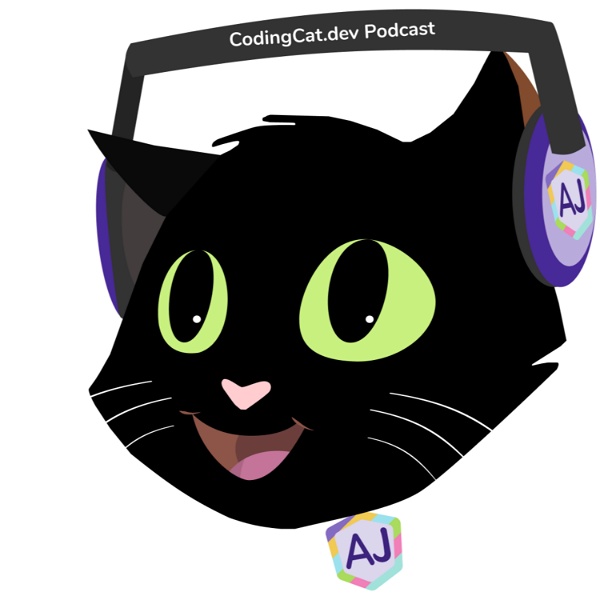Flutter 2024

Sponsors
The State of Flutter in 2024: A Comprehensive Look
Flutter, Google's open-source framework for building beautiful, native-looking apps across mobile, web, desktop, and embedded devices, has taken the app development world by storm. Since its release in 2015, Flutter has garnered immense popularity due to its:
- Expressive and beautiful UI: Flutter empowers developers to design and build visually stunning, custom UIs with rich animations and smooth scrolling, all thanks to its layered architecture and widgets.
- Cross-platform development: With a single codebase, Flutter enables developers to create apps for various platforms like Android, iOS, web, desktop (Windows, macOS, Linux), and embedded devices, significantly reducing development time and cost.
- Hot reload: This feature allows developers to see the changes they make to the code reflected in the app in real-time, without the need to recompile or restart the app, leading to a faster development cycle.
- Dart, a productive language: Flutter utilizes Dart, a modern object-oriented programming language known for its simplicity, learnability, and development speed. Dart's features like ahead-of-time (AOT) compilation and garbage collection contribute to the overall performance and efficiency of Flutter apps.
A Glimpse into the Future: The Flutter Roadmap for 2024
The Flutter team is constantly working on improving the framework and expanding its capabilities. Their roadmap for 2024 outlines several key areas of focus:
- Quality and performance: The team is committed to making Flutter even more stable, reliable, and performant. This includes fixing bugs, improving the framework's core libraries, and optimizing rendering and memory usage.
- Multiple views: Flutter now supports multiple views on mobile and web platforms. This means developers can create apps with different views, such as a list view and a detail view, or a split-screen layout, enhancing the user experience and enabling the creation of more complex and interactive applications.
- Tooling and AI: The Flutter team is actively working on improving the tooling and AI support for Flutter development. This includes making it easier to develop and test Flutter apps, providing better code completion and suggestions, and leveraging AI to assist with debugging and code generation.
Beyond the Roadmap: Flutter's Continued Growth and Impact
While the roadmap highlights the official areas of focus, several other trends and advancements are shaping the current state of Flutter in 2024:
- Growing community and ecosystem: The Flutter community has grown exponentially in recent years, with a vast number of developers, designers, and enthusiasts contributing to the framework's growth. This vibrant community fosters knowledge sharing, collaboration, and the creation of a rich ecosystem of plugins, packages, and resources that empower developers to build even more sophisticated apps.
- Enterprise adoption: Flutter is increasingly being adopted by large enterprises for building mission-critical applications. Its ability to deliver high-performance, cross-platform apps with a single codebase is proving valuable for businesses looking to streamline development processes and reach wider audiences.
- Focus on emerging technologies: The Flutter team is actively exploring and integrating emerging technologies like foldable devices, augmented reality (AR), and virtual reality (VR) into the framework. This ensures that Flutter remains at the forefront of app development and empowers developers to create innovative and immersive experiences.
Key Considerations for Choosing Flutter in 2024
Here are some key factors to consider when deciding whether to use Flutter for your next app development project in 2024:
- Project requirements: If your project requires a visually appealing, cross-platform app with a fast development cycle, Flutter is an excellent choice.
- Development team expertise: If your development team has experience with Dart or similar object-oriented languages, picking up Flutter will be a smooth transition.
- Project budget and timeline: While Flutter can potentially reduce development costs and time due to its cross-platform nature and hot reload feature, it's crucial to carefully evaluate project-specific requirements and resource availability.
Conclusion: A Promising Future for Flutter
In conclusion, Flutter's position in the app development landscape remains strong in 2024. With its focus on quality, performance, new features, and a thriving community, Flutter empowers developers to build beautiful, cross-platform apps efficiently. As the framework continues to evolve and integrate emerging technologies, we can expect to see even more innovative and impactful applications built with Flutter in the years to come.
Additional Resources:
- Flutter official website: https://flutter.dev/
- Flutter roadmap: https://github.com/topics/flutter-roadmap
- FLOSS - https://twit.tv/shows/floss-weekly
- Fuchsia OS - https://fuchsia.dev/
- Flutter Roadmap - https://github.com/flutter/flutter/wiki/Roadmap
- FLOSS Restart - https://hackaday.com/2024/01/09/floss-weekly-episode-765-that-ship-sailed-and-sank/




